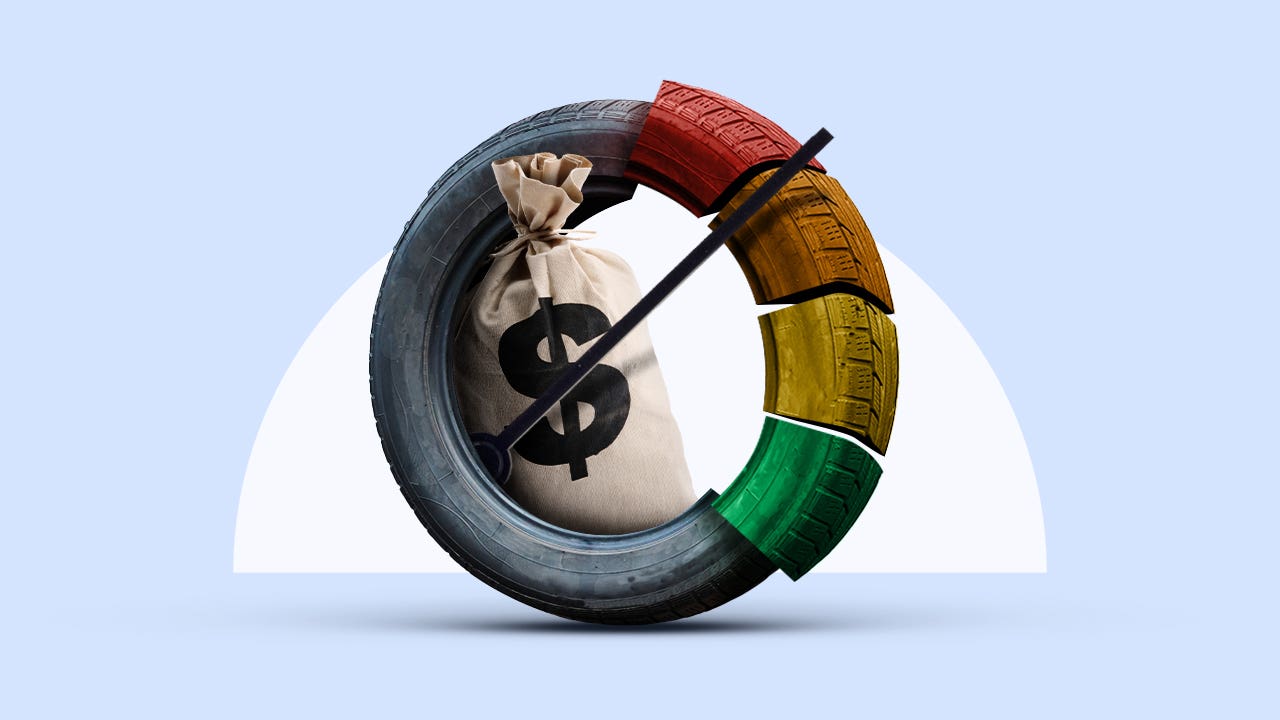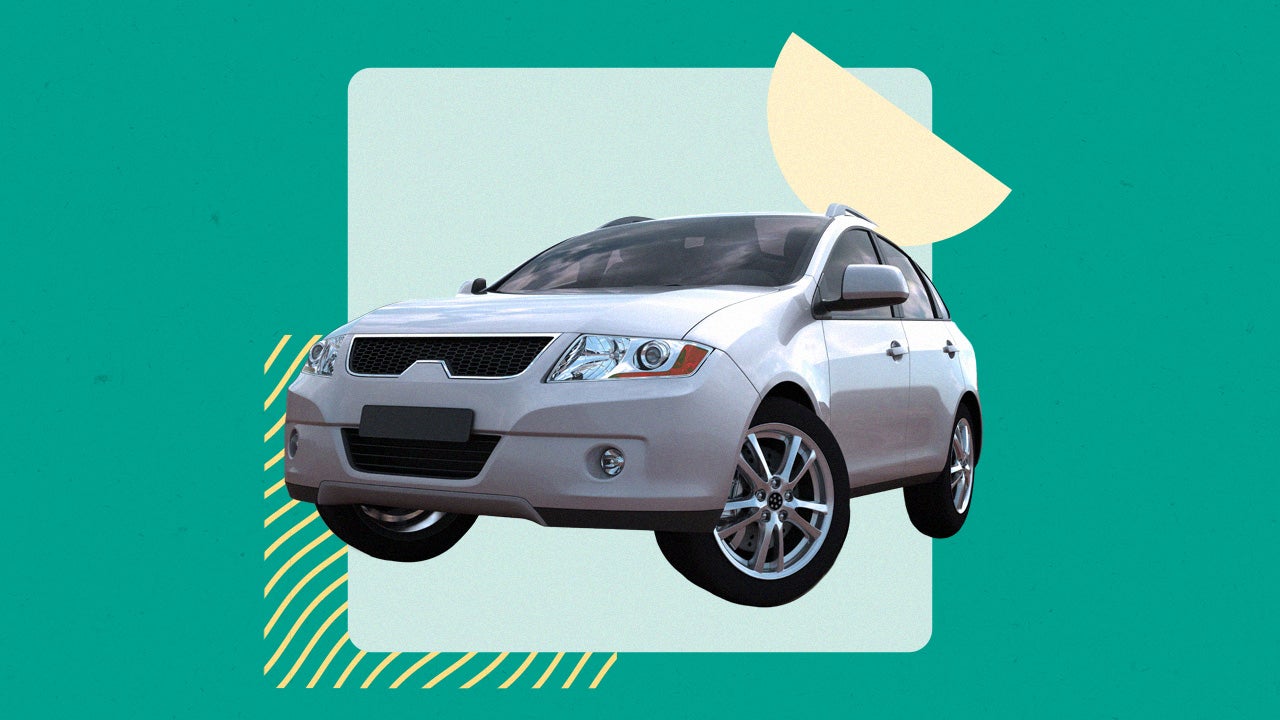Should you refinance a car loan with bad credit?

Key takeaways
- Refinancing a car loan with bad credit could get you a more affordable monthly payment, but expect higher borrowing costs over the life of the loan if you extend the term.
- Refinancing could make sense if your credit score has improved since you took out your current loan and you now qualify for a better interest rate.
- Otherwise, take steps to improve your credit score before applying for refinancing to give yourself the best shot at qualifying for competitive loan terms.
If you’re looking to save on your monthly budget, auto loan refinancing may lower your payment or get you a better interest rate. However, refinancing with bad credit is more of a challenge and it doesn’t always result in savings. If your credit still needs some work and you can’t find a better rate with refinance lenders, consider alternatives to refinancing.
How to refinance a car loan with bad credit
If you already have a car loan with bad credit and interest rates have decreased since you purchased your vehicle, or you absolutely need a lower payment, refinancing could be worthwhile. However, you should compare the pros and cons of refinancing before you decide. Just like shopping for a new or used car, the process to refinance a car loan with bad credit involves research.
1. Check your credit score
Review your credit score and report to avoid any surprises before you start shopping for a new loan. If you notice any inaccurate or outdated information, file disputes promptly with the credit bureaus — Experian, TransUnion or Equifax — reporting the incorrect data.
You can request a copy of your credit report for free using AnnualCreditReport.com.
2. Explore your options
You can check with your existing lender about refinancing options that may be available to you. Consider banks that will refinance with bad credit or credit unions you currently do business with. If that option doesn’t save you money, consider some of Bankrate’s top refinancing options:
| Lender | APR | Best for |
|---|---|---|
| LightStream | 7.19%-15.44%* with AutoPay | Drivers looking for fast funding — as soon as the day you apply. |
| Autopay | Starting at 4.85% | Comparing loan options side-by-side without a hard credit pull. |
| Caribou | 5.48%-28.55% | Those who are looking for extra online support during the refi process. |
| Upstart | 5.41%-29.99% | Drivers who have poor credit and require flexible acceptance criteria. |
Depending on the lender, you may be able to check your rate without affecting your credit score by prequalifying. You can also get an idea of what auto loan rates look like for those who have bad credit.
Once you have a few quotes, compare your monthly payment and lifetime interest with prequalified offers to determine if refinancing makes sense. You can use Bankrate’s auto loan refinance calculator to calculate potential cost savings, if any.
3. Apply for a new loan
Before submitting a loan application, gather any documents the lender will need to expedite the review process. Most will request proof of income, residency and information about your current loan. You will also need to provide the mileage, make, model and vehicle identification number for your car.
When you apply, accurately complete the forms to avoid discrepancies that can result in a denial of your application. The lender will confirm the information you provide.
4. Finalize the loan
Review the loan documents to ensure the terms and conditions work for you. If so, sign on the dotted line to finalize the transaction. The funds will either be sent directly to your current lender or to you so that you can pay the original loan off.
Check with your lender to see when you begin making payments. From here, you will follow the new monthly payment schedule until you pay off your refinanced loan.
Risks of refinancing with bad credit
Lenders start a new loan term when you refinance your auto loan. But there’s a catch: Unless your credit score has improved since you took out the original loan, you likely won’t get a better interest rate.
Even worse, if you extend your total loan term for a lower monthly payment, you could pay more over the life of the loan. The lender will have more time to collect interest from you. If you need to lower your monthly payment, this may be your best option. But know that stretching your loan term without scoring a lower interest rate may mean paying far more than your car is worth.
Also, check if your current lender charges prepayment penalties. If the penalty outweighs your monthly or total savings, that could negate the benefits of a lower monthly payment.
How to boost your credit before refinancing
It is in your best interest to improve your credit score before refinancing your car loan. The most competitive interest rates are generally reserved for borrowers with good or excellent credit, and a higher credit score could mean the difference between getting a 5 percent or 21 percent interest rate.
Here are some practical ways to improve your credit score:
- Pay all your bills on time.
- Get current on any past-due debts.
- Reduce the balances on your credit cards to 30 percent or less of your credit limit.
- Don’t close old credit accounts.
- Only apply for new credit as needed.
You should also monitor your credit score to track your progress. Some credit cards or lenders will offer you free credit checks with your monthly statement. Otherwise, you will need to check your score on your own through a free platform or by paying to access it.
Alternatives to car loan refinancing
Other options are available if you decide that refinancing your car loan isn’t a smart financial move.
- Trade it in: Depending on your car’s value and how much is owed on the current loan, you could trade it in for a more affordable option and possibly roll the outstanding balance into a new loan. Just be aware that rolling your balance over could put you upside-down on your next loan.
- Request modification: If your current lender won’t refinance your loan or doesn’t offer it as an option, you could request a loan modification. This allows you to adjust payment terms — and sometimes interest rates — without going through a new application process.
- Defer payments: This is only available if you’re facing short-term financial hardship, but it is an option. You may be able to skip up to three months of payments. However, they’ll be tacked on to the end of your loan and you will still be accruing interest.
- Adjust your budget: Rework your spending plan to make the payments more affordable until you qualify for a refinance. You should also improve your credit score in the meantime to get a better interest rate when you apply for a new loan.
- Using a co-signer: Do you have a trusted friend or family member with strong credit? Adding them as a co-signer can help your approval odds and potential interest rates. Make sure to explain the risks and seek their permission first.
Bottom line
Unless you are experiencing financial hardship and risk having your car repossessed if you can’t lower the payments, refinancing with bad credit may not be a healthy financial decision. Instead, explore alternatives, like adjusting your spending plan temporarily until you get your finances and credit health back on track. Or you may be able to trade your car in for a more affordable ride, depending on how much it’s worth.





